Disney-Pixar’s Turning Red has certainly had more than its lead turning red, be it with anger, embarrassment, or even love. Those lucky enough to attend the Everyman Borough Yards screening and the Toronto International Film Festival (TIFF) got to see it early on February 22nd, 2022 and March 8th, 2022 respectively. For everyone else, it arrived on Disney+ and select cinemas on March 11th, 2022.
Turning Red is the feature-length directorial debut of Domee Shi (Bao 2018), who originally pitched the film’s idea back in 2017. It impressed her colleagues at Pixar enough to give her the go-ahead. Subsequently, she became the first woman at Pixar to direct a full feature without a co-director. She did have a co-writer for the screenplay in playwright Julia Cho (The Winchester House 2006, Office Hours 2016), though many of the characters and concepts were fully formed back at the pitch meeting. Notably, how it is a coming-of-age story for Meilin ‘Mei’ Lee (Rosalie Chiang: Clique Wars 2017, The Interns 2018) , a thirteen old Chinese-Canadian in Toronto in 2002.
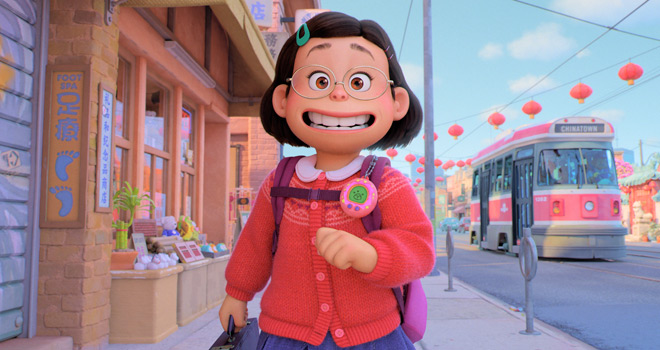
She’s trying to balance her life between hanging out with her friends Miriam (Ava Morse: Surprise Me! 2017, Ron’s Gone Wrong 2021), Priya (Maitreyi Ramakrishnan: Never Have I Ever series, Acting for a Cause 2020) and Abbey (Hyein Park: Toy Story 4 2019, Soul 2020), and keeping her mother Ming (Sandra Oh: Sideways 2004, Killing Eve series) happy. It has not been easy as her mother is extremely protective and domineering.
It only gets harder when she wakes up one morning as a giant red panda. According to her mother, it is a special ability passed down through the women in her family since their ancestor, Sun Yee. But it can be fixed with a special ritual on the next blood moon a month later. Except she also wants to join her friends in seeing the boyband, 4*Town, at the Skydome in the same month. It is up to Mei to handle her mother, work with her friends, and control the panda within.
Critics certainly love Turning Red, but some audiences have been divided on the film’s art style, plot and analogies. Turning red? Red panda? Blood moon? There are a few reasons for these choices, from another studio already using the Giant Panda, to ones expressed in dialogue (“Red is a lucky color”). But the film does not shy away from periods. It has caused a stir between those that think mentioning it is too much for a kids’ film, and those that find it natural and normal, especially for a film about a girl hitting puberty.
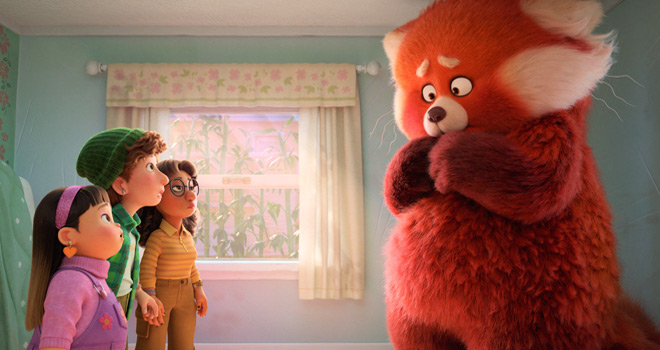
Sometimes, both sides have fair and foul reasons, presenting an even middle ground. Not here though. The direct period talk is dealt with honestly in a way that is fine for kids, and even relatable for those who go through it or have gone through it. Even if ‘the talk’ was not there, chunks of the audience would have already seen the theming and made sniggering remarks on it. Shi and Cho just beat them to it by acknowledging it openly.
The art style and animation is also lovely with plenty of touches in the lighting, use of color, and camera work that really brings out the mood in each scene. It really helps get the viewer feel for Mei, from her joy at seeing 4*Town, her shock at becoming a red panda, and her mortification at her mother going beyond her boundaries.
It is rather akin to the last Pixar film, 2021’s Luca, except it makes Toronto look as vibrant and bright as that film’s Italian setting. Though admittedly, Mei’s temple home, the dream sequences, and the finale make more of an impression than the city. The characters are also akin to Luca in looks, with some rather Aardman-esque features. Though their exaggerated expressions have more of a connection to classic anime than the Wallace & Gromit series.
The performances are also solid, especially from Chiang and Oh as the two leads. They make for a very convincing daughter and mother, carrying and delivering the drama, comedy, and essentially the whole film effectively. Likewise Morse, Ramakrishnan and Park hold up their end as Mei’s friends. Mostly Morse as her character stands out as the best friend of the bunch, but Ramakrishnan and Park get to mix it up with some standout scenes and lines as the stoic and wild girl respectively.
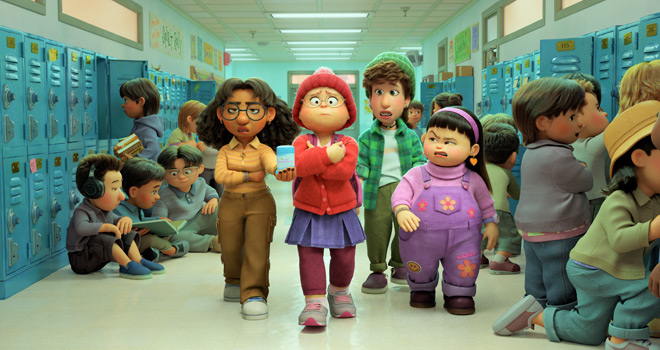
Still, the film’s strongest asset is its writing. Every action, from the tears to the laughs, flow together smoothly in a realistic and entertaining way. The way Mei’s friends react to her transformation is particularly sweet and touching. Characters that, on the surface, seem like obvious Disney-style villains end up being much more nuanced and understandable. Especially when the film hits its climax, which is perhaps one of the most exciting and satisfying third acts of the year thus far.
It is okay not to click with films like Turning Red. No one is obligated to like any film if they do not care for it, be it a classic piece, modern or otherwise. However, what can one say when they are presented with a film with great animation, beautiful use of color, and good acting that brings relatable characters to life with strong writing? It is enough to make it one of Pixar’s best films and well worth catching while available. Thus, for these reasons, Cryptic Rock gives Turning Red 5 out of 5 stars.
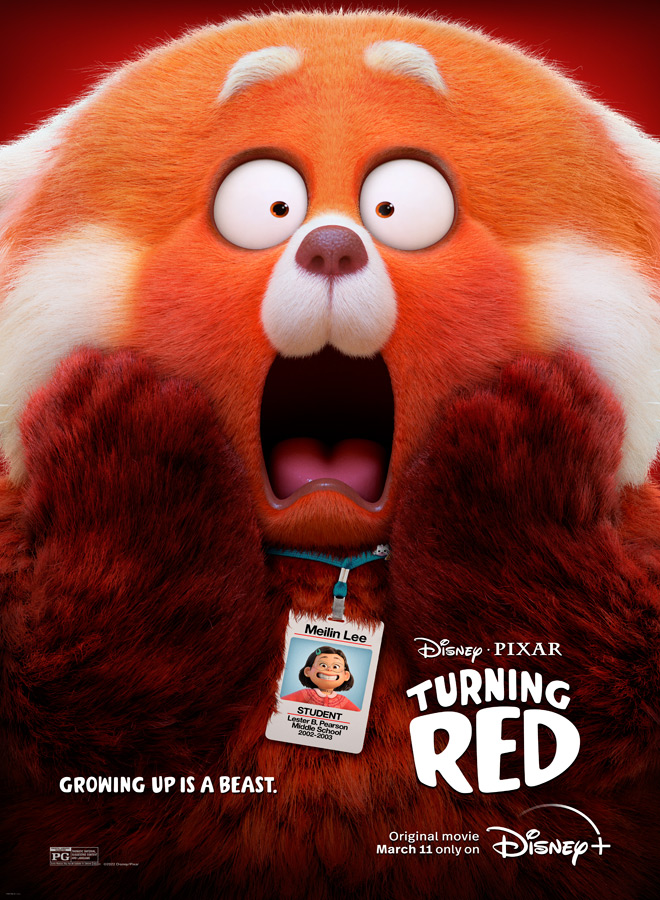
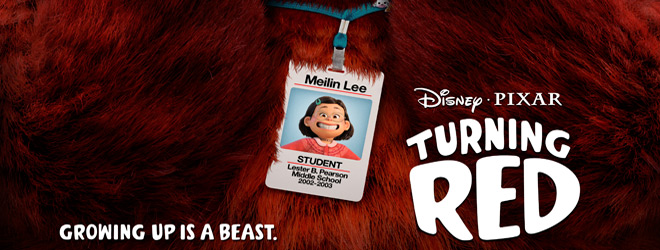
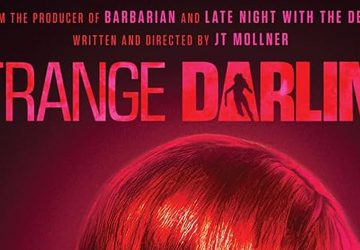



No comment